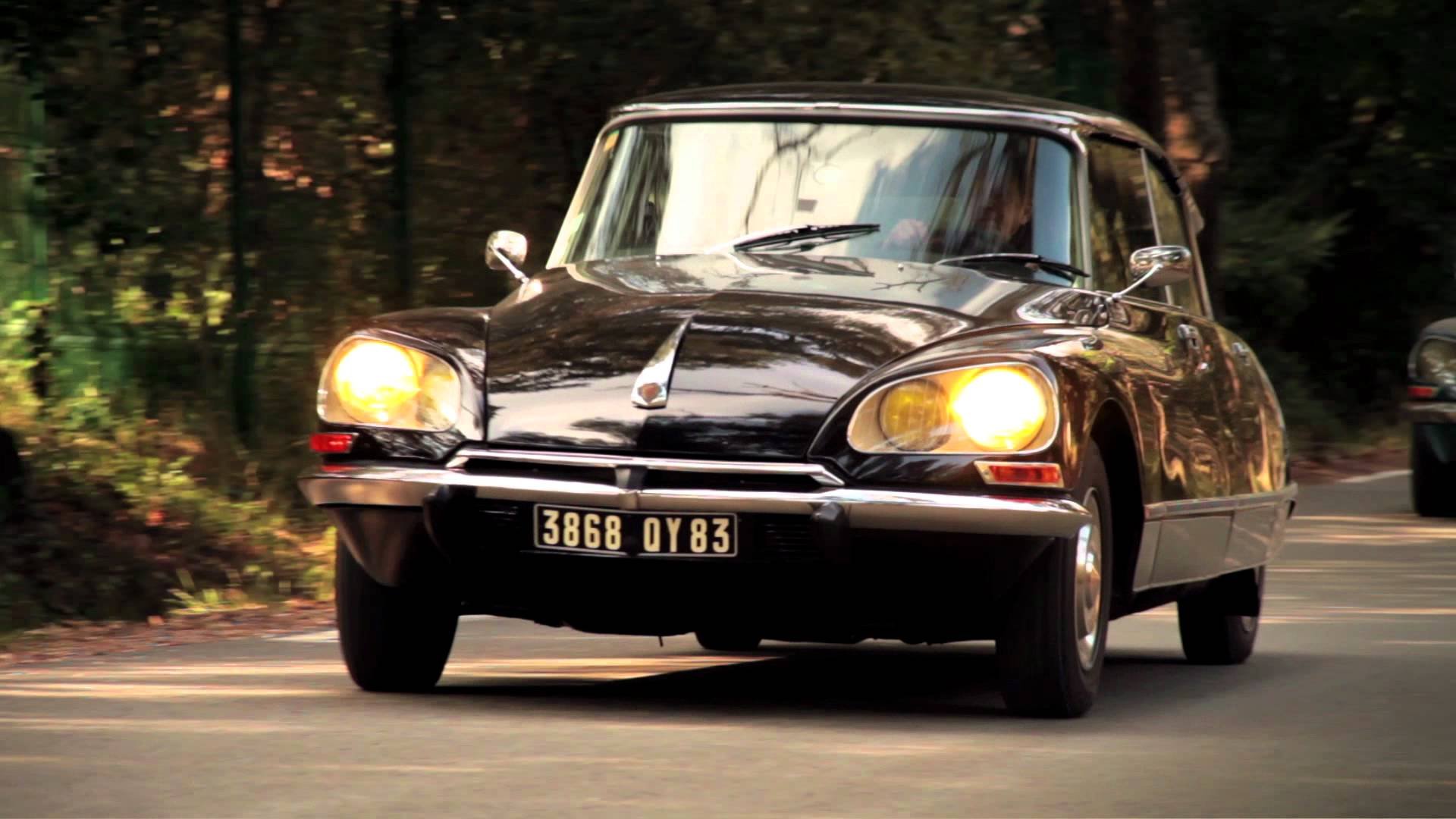
CITROËN CAR LEASING FOR PERSONAL AND CORPORATE USE
European automakers were ahead of their time. The cars that bore their marques were testaments to pushing the boundaries of innovative design. However, no one else did it quite like André Citroën, whose audacious ideas would reinvent the look and feel of production automobiles in the early 19th century.
His daring and marketing prowess made Citroën the biggest French auto manufacturer of its time. His business gambles, though initially with disastrous results, influenced the next generation of designers and engineers. To this day, Citroën continues to set the standard for the practical automobile.
Shifting Gears
André-Gustave Citroën was a French industrialist who started his manufacturing career by making large Chevron gears at a Paris factory in 1913. While serving during World War I, the 36-year-old found that French troops badly needed artillery. He sought the support of the government in acquiring a 12-hectare land on the south bank of the River Seine. Here he built a factory and manufactured up to 50,000 artillery shells a day using American mass production methods. When the war ended, he shifted to auto manufacturing.
Citroën’s automotive ambitions were inspired by Henry Ford’s assembly line system for making the Model T fitted his ideas for efficient production and mass market sales. The company’s first car was a no frills piece of conveyance. Introduced in 1919, the Type A was Europe’s first mass-produced car.
It was also the first inexpensive French car sold as standard with basic accessories like a spare tire, bonnet, electric starter, and lights. It’s 1.3 liter four cylinder engine maintained a respectable 40 miles an hour.
Over the next three years, Citroën would release new economical car models. In 1921, the B2 was introduced as a replacement to the Type A. It had a larger engine and fitted with a saloon body. It also served as a basis for Europe’s first sports car known as the Caddy. A year later, the auto manufacturer would come up with the ‘first car for madame’. The 5CV was a small vehicle offered in two and three seat configurations. Painted yellow, it would be nicknamed petit citron or the little lemon.
Marketing Maven
A mere five years after launching his first car, André Citroën’s factories were churning out about 300 cars daily. The rising demand for Citroën automobiles was largely due to its founder’s knack for marketing. The company pioneered discount and credit sales, offering payment plans that extended for 12 or 18 months. Publicity stunts, like the Sahara crossing of several B2s, showed the public just how reliable these cars truly were.
But perhaps the most extravagant piece of advertising that the company ever had was when it lit the Eiffel Tower in letters spelling the company name for straight nine years.
Costly Gamble
André Citroën gambling habits were known. However, it was those calculated business risks that made the world took notice. In 1928, he introduced the B10, the first car with a full steel frame. This and its improved version, the B12, received commercial success. Ever the visionary, Citroën wanted to create a car that was unlike any other on the market. He commissioned André Lefèbvre to spearhead such a project. And so in 1934, the Traction Avant or Front Wheel Drive was unveiled to the public.
The vehicle was lauded by many for its breakthrough features and aerodynamic design. Unfortunately, this was not enough to make up for the financial losses brought about by the Traction Avant’s production. Michelin Tires, the company’s principal creditor, took over and André stepped down as president.
Mergers and New Management
Under new management, Citroën continued to set the trend in innovative car design. In 1948, the brainchild of then president Pierre-Jules Boulanger was presented at the Paris Motor Show. The 2CV, although a bit odd in appearance, won the French over with its practical features and the cheap price tag of a mere £ 212. This was followed by the launch of the DS 19, which created a stir in the French automotive scene for its sleek aerodynamic look and hydropneumatic suspension.
In 1969, the company experienced a round of merger mania. The Italian auto manufacturer Fiat bought a 15 percent stake in the company. Citroën also acquired the majority holding in Maserati. This enabled them to harness the technology necessary in developing the SM, a luxury coupe powered by a 2.6L Maserati V6 engine. This impressive auto had self-centering power steering, speed transmission, and in 1972, the addition of electronic fuel injection technology. The SM represented the apex of Citroën engineering.
Citroën Today
The company was acquired by Peugeot in the late 70s, which has had a steadying influence on Citroën’s management and fortunes. Under this new leadership, commercially successful cars like the CX, GS, AX, AM, and the Xanthia.
More recently, it has been surprising auto enthusiasts with such singular creations as the E-Mehari and a van-like concept vehicle called the Hyphen.


